UKIAH, CA, 1/16/23 — Lake Mendocino was set to approach 100,000 acre-feet of water storage on Monday for the first time in “well over a decade,” The U.S. Army Corps of Engineers (USACE) shared in an update Sunday night. The lake’s rapid elevation increase of nearly 40 feet in the past month has led the USACE to plan to release some of this water downstream, with scheduled flood control releases beginning Monday.
“This is the first time in nearly four years that a high-flow release is required to manage rising lake levels,” the USACE wrote.
Flood control releases have to be carefully timed following periods of high rainfall, so as to not further inundate river systems at risk of flooding. Looking at a mostly clear forecast after more than two weeks of rainfall, the USACE confirmed that because it “remain[s] mindful to the flood risk reduction our excess lake capacity provides to downstream communities,” high-flow releases of 3,000 cubic feet per second (cfs) will be timed to allow downstream water levels to recede.
“Releases are expected to increase by approximately 1,000 cfs per hour and will be timed to coincide with decreasing river stage at downstream locations,” the USACE wrote.
Some have shared concerns that flood control release will deplete these exciting new water levels, reverting to the parched Lake Mendocino residents have grown accustomed to. But the USACE has said that preserving some water is a priority.
“This approach will safely accommodate additional storm inflows, and sustain lake levels for boating and other recreation,” the update explained.
But Mendocino County residents have shared other frustrations as outflow increases. Water supply storage in Lake Mendocino is controlled by Sonoma Water, the senior rights holder. As 2nd District Supervisor Maureen Mulheren wrote in a post to her Facebook page, residents have shared “many, many posts about our inability to retain local control of this water resource.”
“Many decades before I was born there was a Board of Supervisors with coastal supervisors that did not see this inland water resource as critical to the entire County and did not vote in favor of spending money on the Coyote Dam,” she wrote. “Based on water conversations that we had last year I would say sadly, that hasn’t changed. We must work together inland and coastal in an effort to support improved water storage and local control in relation to Lake Mendocino and the Potter Valley Project.”
Up-to-date Lake Mendocino water supply data is available here.
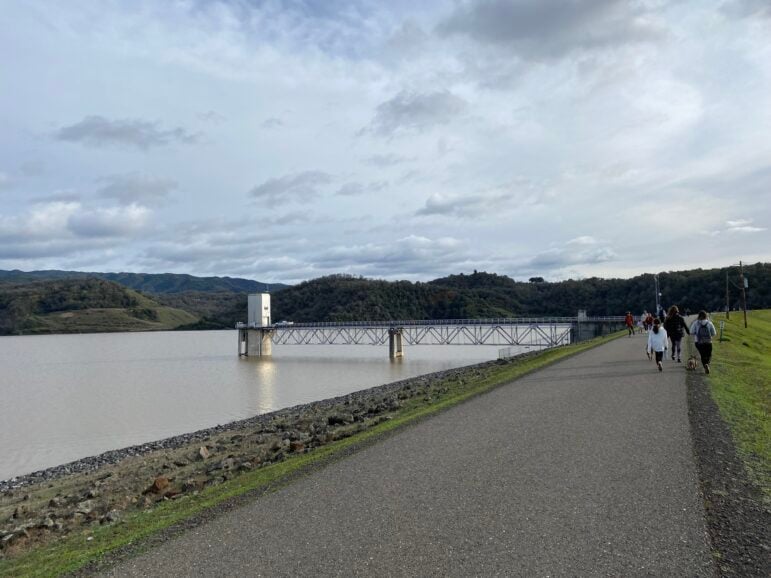
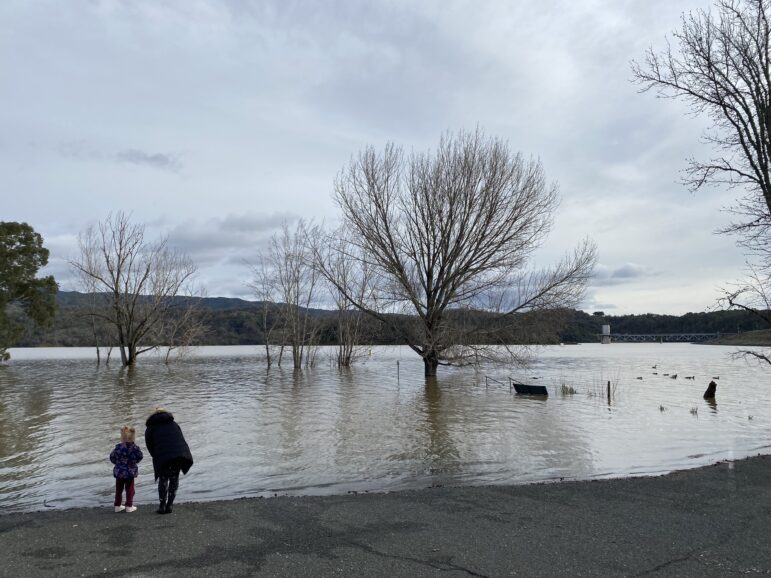
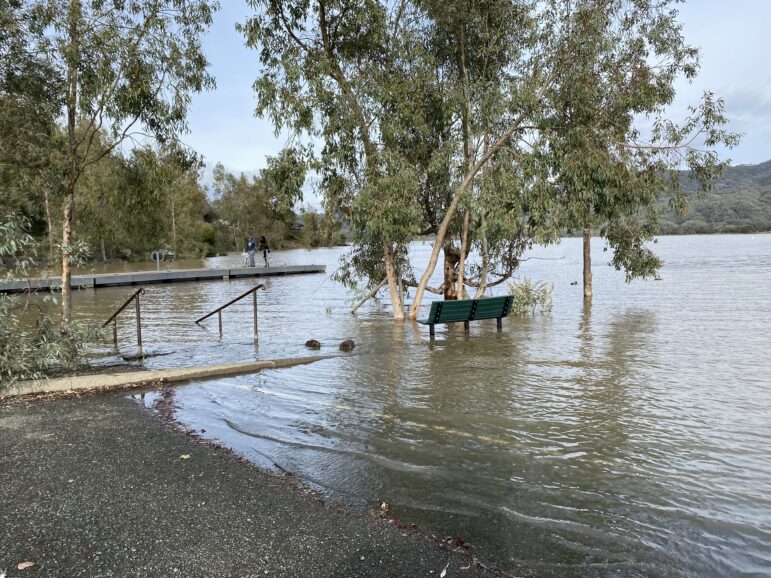
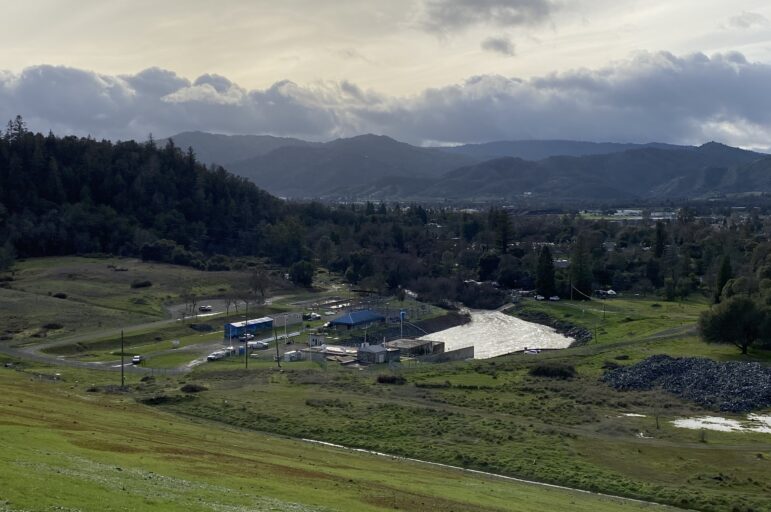
Note: Kate Fishman covers the environment & natural resources for The Mendocino Voice in partnership with a Report For America. Her position is funded by the Community Foundation of Mendocino, Report for America, & our readers. You can support Fishman’s work with a tax-deductible donation here or by emailing [email protected]. Contact her at KFishman@mendovoice.com or at (707) 234-7735. The Voice maintains editorial control and independence.

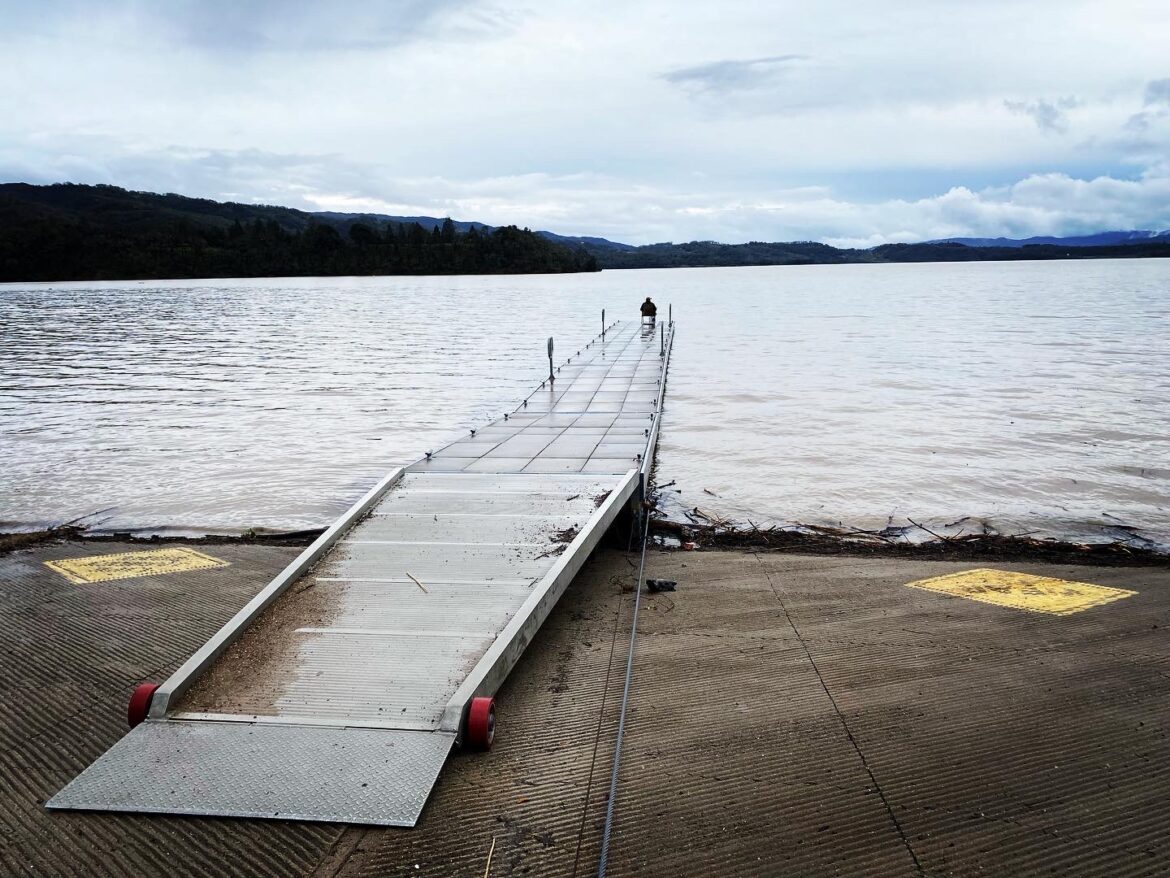


Thank you for these publishing and updates, since we don’t have a local newspaper delivery to our door.